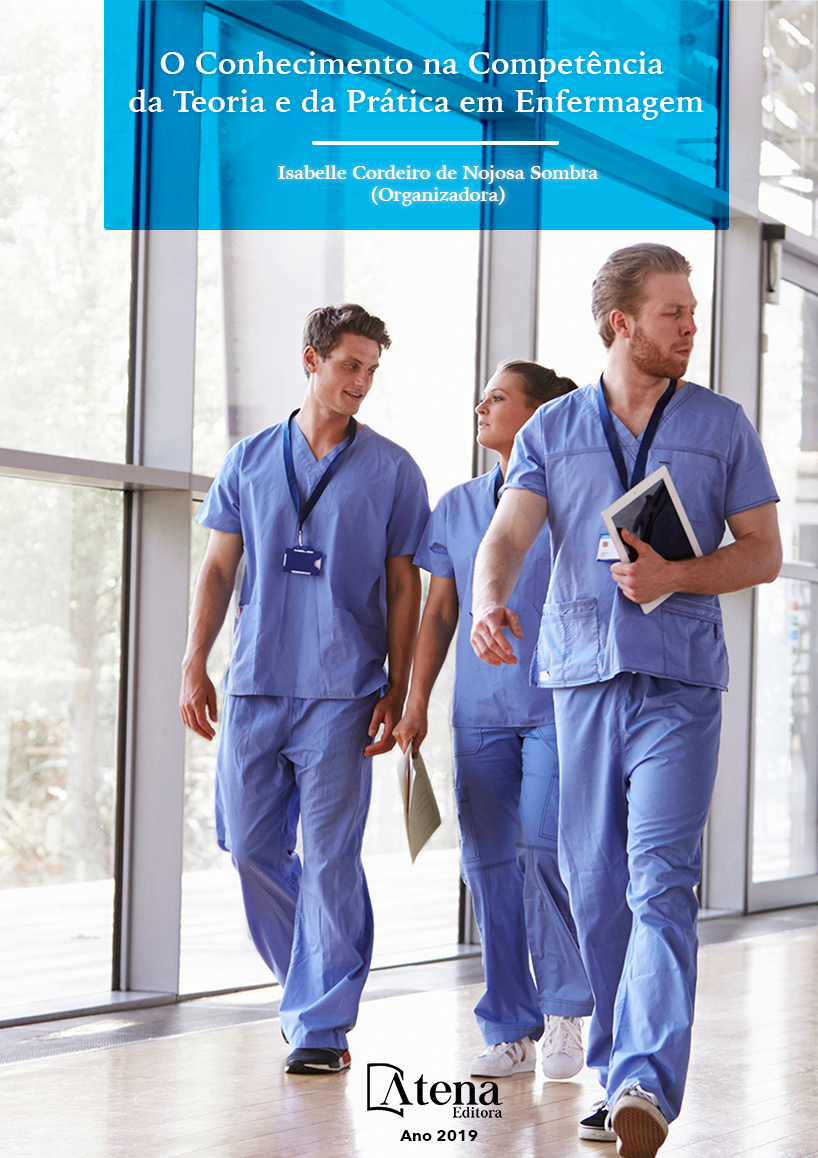
FATORES ASSOCIADOS À PEREGRINAÇÃO DE MULHERES NO ANTEPARTO: UM ESTUDO DE BASE POPULACIONAL
A peregrinação no anteparto ocorre
quando a mulher busca por serviços de saúde
em mais de um estabelecimento, na hora do
parto. Alguns fatores sociodemográficos e de
utilização de serviços de saúde, bem como
fatores externos contribuem para que ocorra esse
fenômeno. O objetivo deste trabalho é identificar
a prevalência de peregrinação do anteparto
e verificar fatores associados a peregrinação.
Trata-se de um estudo transversal de base
populacional, realizado com dados secundários
através da Pesquisa Nacional de Saúde do ano
de 2013. A amostra foi constituída por 1871
mulheres. Os dados foram processados através
do SPSS e STATA, Foram realizadas análises
descritivas, bivariada e multivariada. Os
resultados mostraram que, 206 (11%) mulheres
peregrinaram no anteparto. Houve associação
entre a peregrinação com idade, raça/cor,
escolaridade, viver com o companheiro(a), parto
realizado no SUS e parto realizado no local
indicado no pré-natal. As maiores chances para
peregrinar ocorreram com mulheres com idade
entre 18-35 anos, negras, menor escolaridade,
não ter companheiro(a), parto ocorrido no SUS
e ter o parto no local indicado no pré-natal.
Percebeu-se que os fatores sociodemográficos
e de utilização dos serviços de saúde interferem
direto e negativamente na peregrinação no
anteparto mesmo a assistência ao parto sendo
remodelada, e com tantos programas em
atuação, ainda assim é significativo o número
de mulheres que peregrinam na hora do parto,
e vários motivos contribuem para isso, dentre
eles, a falta de vaga para internação, a falta de
um transporte adequado e a não indicação pelo
pré-natal.
FATORES ASSOCIADOS À PEREGRINAÇÃO DE MULHERES NO ANTEPARTO: UM ESTUDO DE BASE POPULACIONAL
-
DOI: 10.22533/at.ed.67119120314
-
Palavras-chave: Enfermagem; Fatores sociodemográficos; Acesso ao serviço de saúde; Maternidades; Trabalho de parto.
-
Keywords: Demographic Factors; Access to health services; Maternity wards; Labor.
-
Abstract:
The pilgrimage in antepartum occurs when the woman search for
health services in more than one establishment, at the time of delivery. Some sociodemographic factors and use of health services, as well as external factors contribute
to this phenomenon. The aim of this study is to identify the prevalence of pilgrimage
of antepartum and check factors associated with the pilgrimage. It is a populationbased cross-sectional study, conducted with secondary data through the National
Health Research in the year 2013. The sample consisted of 1871 women. The data
were processed using the SPSS and STATA, descriptive analyses were performed,
bivariate and multivariate. The results showed that in the year 2013, 206 (11%) women
peregrinaram in antepartum. There was no association between the pilgrimage with age,
race/color, education, living with the partner, labor held in SUS and labor performed at
the location indicated in the prenatal care. The higher chances for pilgrimage took place
with women aged 18-35 years old, black, less schooling, having no partner, childbirth
occurred in SUS and have delivery at the location indicated in the prenatal care. It was
noticed that the demographic factors and the use of health services interfere negatively
in the pilgrimage and direct in antepartum same childbirth assistance being remodeled,
and with so many programs in acting, is still a significant number of women who make
pilgrimage at the time of childbirth, and several reasons contribute to this, including the
lack of vacancy for hospitalization the lack of a proper transport and no indication for
prenatal care.
-
Número de páginas: 15
- NOEMY NASCIMENTO MEDEIROS DE MATOS
- QUESSIA PAZ RODRIGUES
- TATIANE DE SOUZA MANÇU
- MILLANI SOUZA DE ALMEIDA
- ENILDA ROSENDO DO NASCIMENTO
- RITA DE CASSIA CAJUEIRO DOS SANTOS


